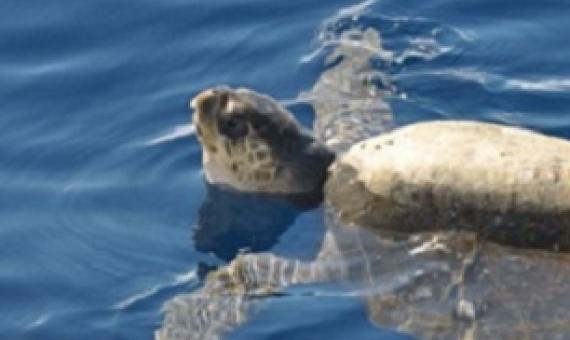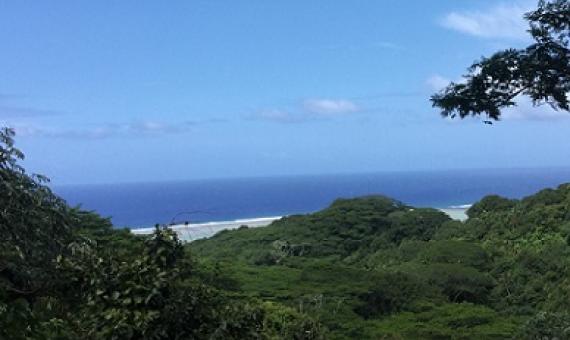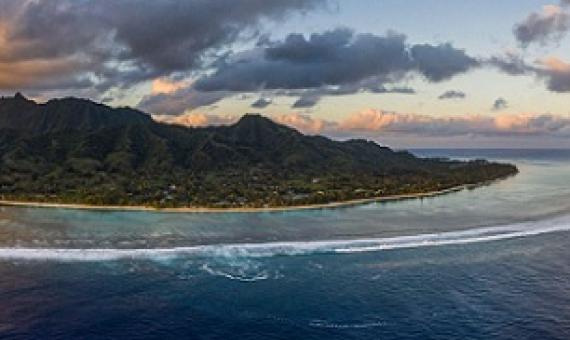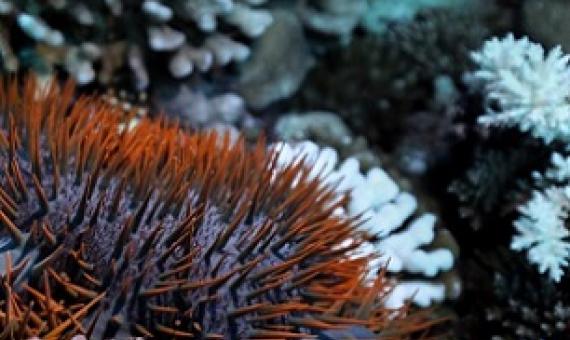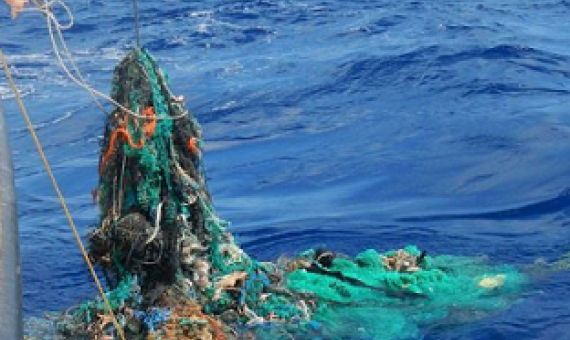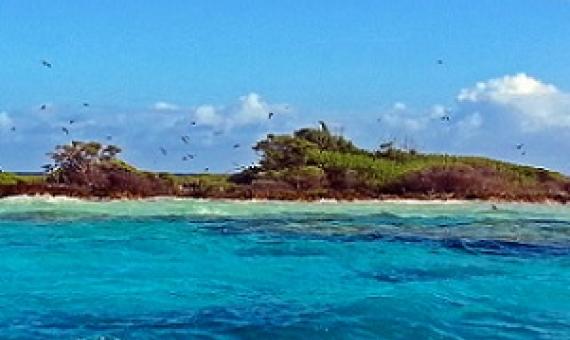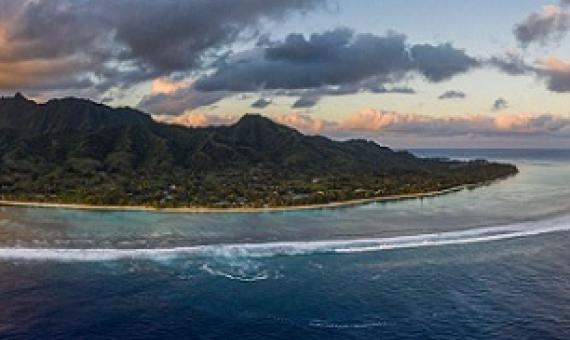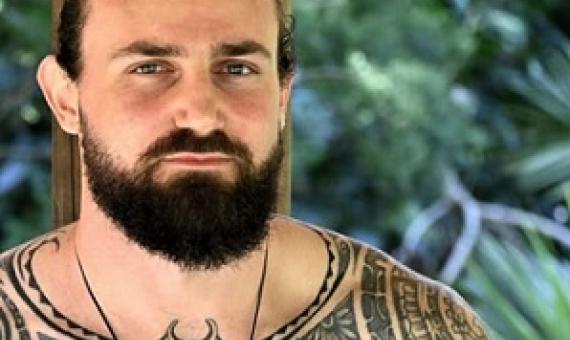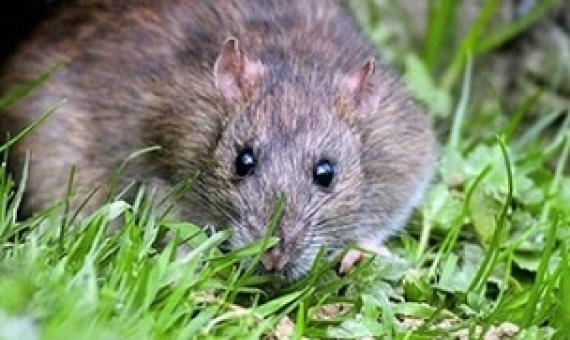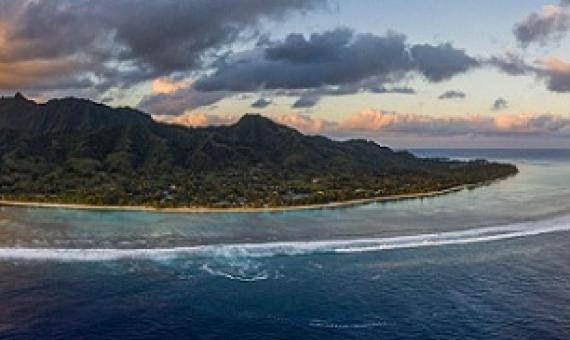Facial recognition software is being used to track turtle movements in the Cook Islands. The citizen science turtle monitoring project has been up and running for a year now, launched in 2023 by Te Ipukarea society to involve the community in conservation efforts.
The Takitumu Conservation Area (TCA) Committee and National Environment Service have launched a management plan through to 2030.
The government of Cook Islands undertook five years of exhaustive consultation throughout the islands before it set up its marine park, the Moana Marae in 2017.
More than 6500 coral eating crown-of-thorns starfish have been removed from Cook Islands' reefs since 2020 when the latest outbreak was first detected.
Cook Islands has made calls for “ghost gear” to be included in the Plastic Treaty as it impacts marine life and the marine food chain, and is a significant cause of marine litter.
Every year the National Environment Service (NES) sends two park rangers to Suwarrow for six to eight months of the year to protect and manage the environment and wildlife of the island – a designated national park and bird sanctuary since 1978...The rangers play a key role in ensuring the
Seabed Minerals Authority senior technical officer Rima Browne has led the creation of a new seabed map – the first of its kind for the Cook Islands.
Exploration is now under way in the waters around the Cook Islands - or 'Avaiki Nui, as the islands are known among those who reject its colonial name - for sites with potential for deep-sea mining.
Rats on the Cook Islands Palmerston Atoll could be gone for good by years end, making a massive difference to the islands community and biodiversity. At the request of the community, a full-scale rat eradication will take place mid-2023.
Prime Minister Mark Brown has issued new warrants to eight representatives for the Marae Moana Technical Advisory Group.

